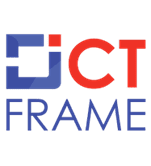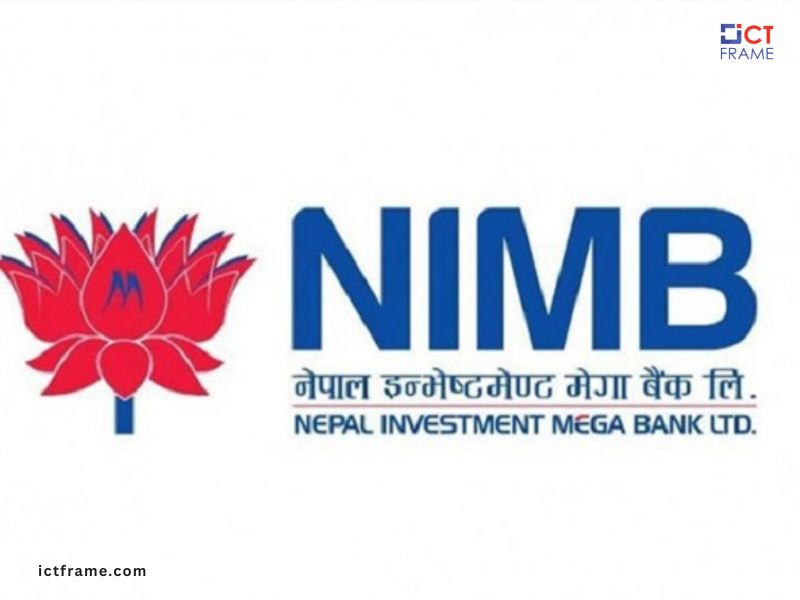Nepal Insurance Authority Moves Forward with Establishment of Insurance Information Center
12th November 2025, Kathmandu
The Nepal Insurance Authority is not just discussing data, it is laying the groundwork for a financial crime fighting hub.
NIA Insurance Information Center
Its recent discussion on establishing an Insurance Information Center (IIC) marks a decisive step toward modernizing the Nepali insurance sector, a move that is both legally mandated by the Insurance Act, 2079, and strategically necessary for industry integrity. The Authority, under the leadership of Chairperson Janak Raj Sharma, is spearheading this initiative to transition from scattered records to a centralized, data-driven framework.
The event, which saw the active participation of chief executive officers from life, non-life, microinsurance, and reinsurance companies, underscored the regulator’s commitment to a consultative approach. The IIC is envisioned as a critical tool for identifying and controlling irregularities, specifically fraudulent activities that have plagued the industry, thereby significantly enhancing overall transparency and reliability. As Chairperson Sharma noted, this is an initiative poised to benefit all stakeholders, including insurers, policyholders, and the financial ecosystem as a whole.
The Mandate for Centralized Data and Integrity
The establishment of the Insurance Information Center is a response to the growing size and complexity of Nepal’s insurance market. As the sector expands, the challenges of monitoring irregular activities and maintaining industry-wide standards of truthfulness become more pronounced. Currently, data on fraudulent or suspicious claims often remains localized within individual companies, allowing perpetrators to exploit the system by moving between insurers undetected. The IIC aims to close this loophole.
The proposed center is expected to operate on a model similar to the Credit Information Bureau (CIB) in the banking sector, which is an established system for monitoring loan defaulters. This comparison provides a clear indication of the IIC’s primary and most impactful function: creating a central database to collect, store, and share critical information. This centralized data platform will be the foundation for several key functions:
Fraud Control: By consolidating data on fraudulent claims and involved parties, the IIC can flag individuals or entities with a history of irregular activities. This cross-company visibility is a game-changer, as it will allow all insurers to blacklist known offenders, effectively barring them from accessing new policies or services across the entire sector. This is a powerful deterrent against hard and soft insurance fraud, the latter of which involves exaggerating legitimate claims.
Enhancing Transparency: A centralized hub for industry data will promote greater reliability in financial reporting and policy decisions. It will provide the regulator and industry participants with accurate statistics and analysis, enabling data-driven policies that are tailored to the market’s real-time dynamics.
Data-Driven Policy Decisions: The IIC is crucial for providing accurate data, information, and analysis, which are essential for the NIA to formulate sound regulations. The use of robust, standardized data will allow for better risk profiling and the promotion of industry best practices.
Shaping the Center: A Collaborative Effort
The discussion program was not merely an announcement; it was a workshop for shaping the IIC’s structure and operational modalities. Dr. Baikuntha Aryal, a highly respected former Chief Secretary of the Government of Nepal, presented a preliminary draft proposal, providing a professional starting point for the technical blueprint of the center. His involvement signifies the national importance and high-level attention being given to this initiative.
The NIA’s request for “practical insights and feedback” from CEOs demonstrates a sensible recognition that the system must be operationally sound for the companies that will use and feed data into it. The CEOs of the Nepal Insurers’ Association and the Nepal Life Insurers’ Association, Birendra Baidawar and Praveen Raman Parajuli respectively, pledged full cooperation, reflecting a broad industry consensus on the necessity of this project. This unified support is critical, as the IIC’s success will be entirely dependent on the timely and accurate data submission from all licensed insurance, microinsurance, and reinsurance entities.
Looking Ahead: Expedited Formation
The consensus reached among the key stakeholders is a significant momentum boost for the project. The NIA has confirmed its plan to revise the preliminary draft to incorporate the suggestions and expedite the formal procedures for the center’s creation.
The establishment of the Insurance Information Center is part of a larger strategic vision for the Nepal Insurance Authority. This vision, outlined in the NIA’s strategic plans, includes other vital initiatives such as the establishment of a Policyholders Protection Fund (PPF) and a shift from compliance-based to Risk-Based Supervision (RBS). The IIC is the technological backbone that will enable many of these subsequent reforms, providing the necessary data surveillance to implement a more sophisticated, risk-sensitive regulatory framework.
In essence, the IIC is positioned to become the central nervous system of the Nepali insurance industry, making the sector more robust, trustworthy, and resilient against malpractice. This move is not just about regulation; it is about building a foundation of public confidence that is essential for long-term insurance penetration and economic stability in Nepal.
For More: NIA Insurance Information Center








